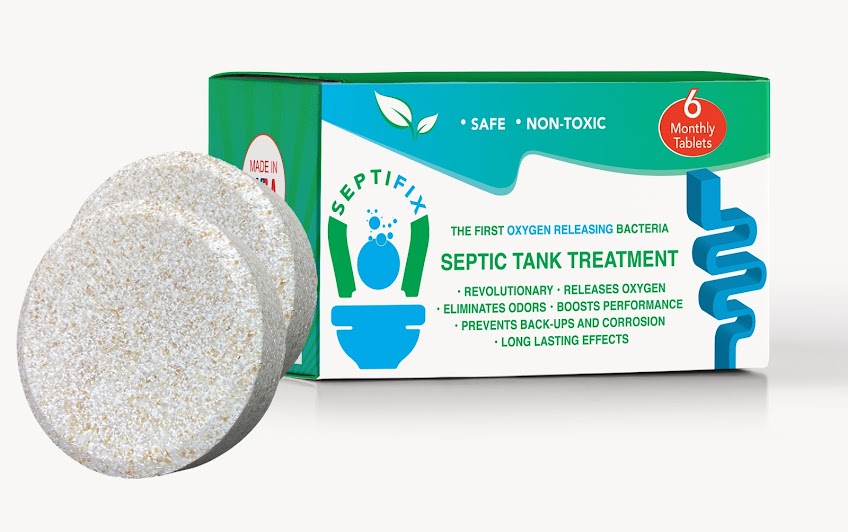Aerobic septic system sprinkler
An aerobic spray distribution system is not much different from a regular lawn sprinkler system. But because the treated wastewater can easily come into contact with humans, an aerobic spray distribution unit needs a super-efficient level of wastewater treatment. An aerobic system uses sprinkler heads to spray the treated wastewater over the surface of your yard.
So, how does the aerobic spray distribution system work and how can one keep it in top order? Aerobic spray distribution systems spray effluent over the ground surface and have five major components. As far as keeping your aerobic septic system in tip-top condition is concerned, nothing can beat the effectiveness of regular maintenance.
Keep reading to find out in depth how does an aerobic spray distribution system work and how you can keep your aerobic septic system in good shape.
Call Septic Service Pros 1.855-925-0760 For Service or Request a Quote
How does the aerobic spray distribution system work?
Just like a standard lawn sprinkler system, aerobic spray distribution systems sprinkle water over the ground surface. However, since the latter sprinkle treated wastewater with which humans can come into contact, it requires very efficient pretreatment. Quiet naturally, this cause the pretreatment costs to go up as such a system must be able to disinfect the treated wastewater and produce high-quality effluent. The distribution field transports the wastewater from the aerobic tank to its distribution heads.
The distribution field comprises five components, which are as follows:
- Main line – It carries wastewater discharged by your aerobic septic tank into the manifold. If your system has multiple zones, there will be a switching valve placed on its main supply line, which ensures the flow is diverted to different sub-mains.
- Manifold – It performs the all-important job of carrying treated wastewater to different laterals.
- Laterals – Connected to system’s manifold, they ensure the effluent reaches to the distribution heads.
- Risers – They connect the system’s laterals with its distribution heads.
- Distribution heads – They distribute treated wastewater over your yard or any other ground surface.
An aerobic system treats effluent well enough for it to be safely used with a spray system, which distributes effluents over ground surfaces. So, for the proper functioning of the system sprinkler it is important that your aerobic system is in good condition.
How to take care of your aerobic septic system?
Before we look at the maintenance steps for aerobic septic systems, we should understand how septic tank works.
An aerobic septic system comprises four key components, which work together to treat wastewater well enough to be used to irrigate a lawn or sprayed over a ground surface.
The first component is the pretreatment tank, also called the trash tank. It does the all important job of removing materials which microorganisms cannot break down. The second component is the aeration chamber or the aerator, which is where the main action occurs. That is, this is where aerobic microbes break down the waste matter. The third component is the diffuser, which injects air into the water so that the aerobic microbes can survive and thrive and do their job well. The fourth and the last component is the settling chamber, which allows the treated wastewater to get separated.
Generally speaking, aerobic septic tank treatment systems distribute wastewater using a spray system, which almost invariably comes with a disinfection component, called the chlorinator. This component, as you may guess, is responsible for removing microorganisms that can cause diseases so that the sprayed water is safe for humans if they come in contact with it.
Call Septic Service Pros 1.855-925-0760 For Service or Request a Quote
Now, let us look at how homeowners can effectively maintain their aerobic septic systems:
- Since an aerobic system requires an uninterrupted supply of electricity, ensure there is no problem with the electricity supply. The aerobic microorganisms require air to survive and break down the solid waste matter.
- Spray heads can get broken. If one or more spray heads are broken, get them replaced as soon as possible.
- Aerobic systems come with an alarm, which rings off if there is a problem. Call the local maintenance provider if you have a ringing alarm and minimize nonessential water usage until the initial inspection is complete.
- Try to keep a landscape cover going in your spray field. The plants and grass can aptly use the nutrients and water sprayed by the aerobic system sprinkler. Because these systems use a disinfection component, the sprayed water is safe for this purpose.
- From time to time, you will have to add chlorine tablets to your system’s chlorinator. This is very important, because if chlorine levels are low, the sprinkler system will spray untreated wastewater. Avoid using swimming pool chlorine and be alert and careful when using chlorine, since chlorine gas, if inhaled, can harm your lungs.
- If a foul smell is coming from the distributed wastewater, you should give your local maintenance provider a call. It is possible that your aerobic system may require a thorough cleaning. Generally, a septic system must be cleaned every 3-5 years. However, if the maintenance provider declares that nothing is wrong with your system, it is time you evaluate certain habits.
- You might be pushing a lot of organic matter down the drain. Or you may be sending a lot of paper products into your wastewater system.
- You might be sending products that are harmful for aerobic microorganisms. For instance, if you push a lot of cleaning products into the system, that could mean the end of microbes.
- Another problem is overloading the system with water. This may happen if there is a leaking fixture or if you wash many days’ laundry at one go.
- Sending too much wastewater is wrong, but that doesn’t mean sending too less wastewater is not harmful. Microbes in your aerobic system cannot survive unless they receive organic matter regularly. A home that is used only periodically is likely to have trouble maintaining a decent quantity of aerobic microbes for treating wastewater. Sending too little wastewater into the system also can affect it. Microbes need steady source of organic matter. Homes with periodic usage, such as a lake house with weekend visits, will have problems maintaining a good population of microbes to treat the wastewater.
More often than not, aerobic septic system units work along with spray systems that distribute wastewater over a ground surface. For this reason, it is necessary that your aerobic systems work properly. Otherwise, you and your family might be exposed to disease-causing microorganisms.
How to prevent a septic system from freezing up?
If you live in a region with cold winters, you will know that freezing temperatures a lot of problems for septic units. Thankfully, there are concrete steps you can take to keep your aerobic system warm during winter months.
- Put a layer of mulch (10-13 inches thick) over your soil treatment system, pipes, and tank for providing extra insulation.
- Use warm water as much as possible and avoid leaving water running all the time.
- If you have any leaky fixture, fix it without delay.
- Get expert help if you notice any seeping.










